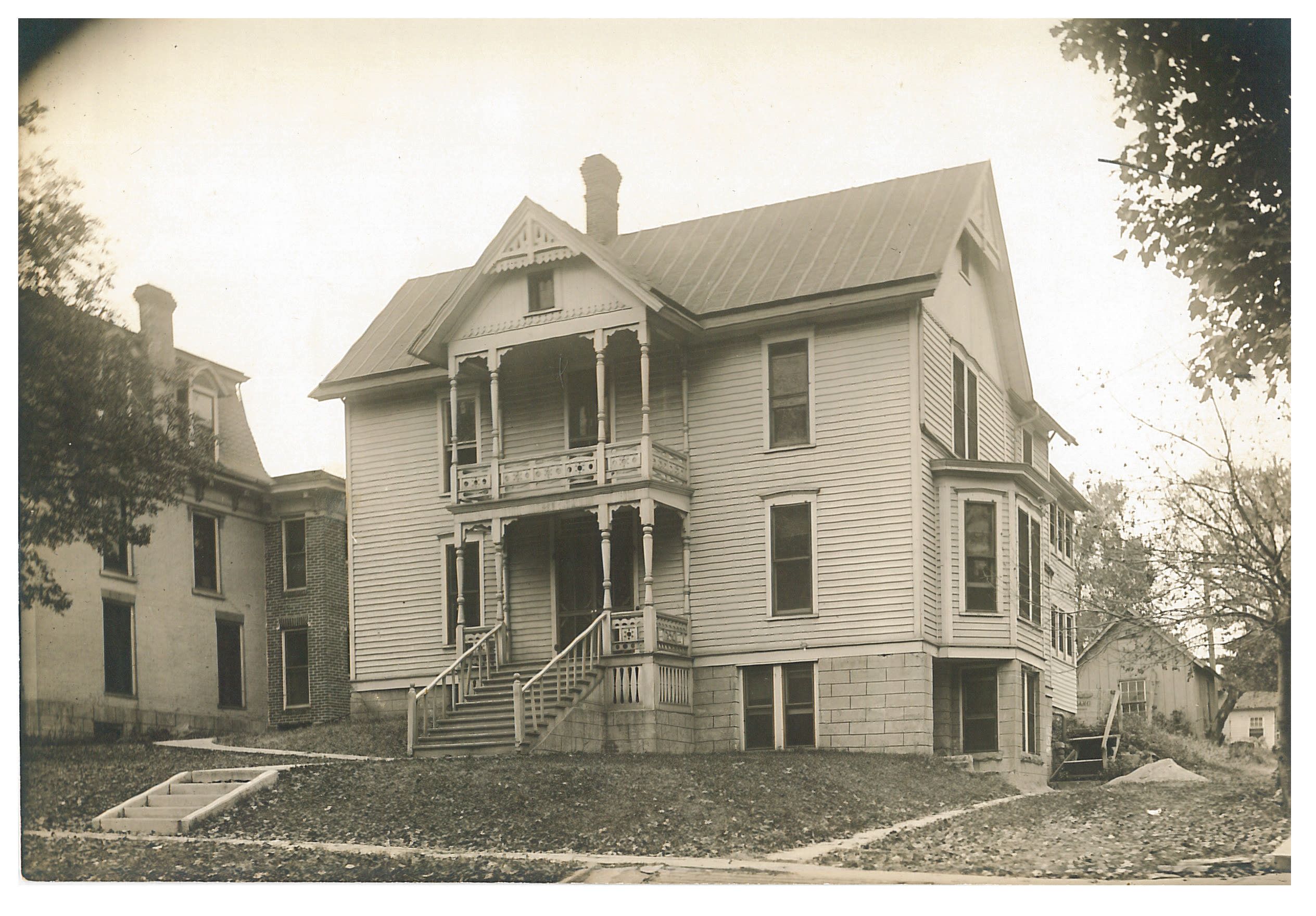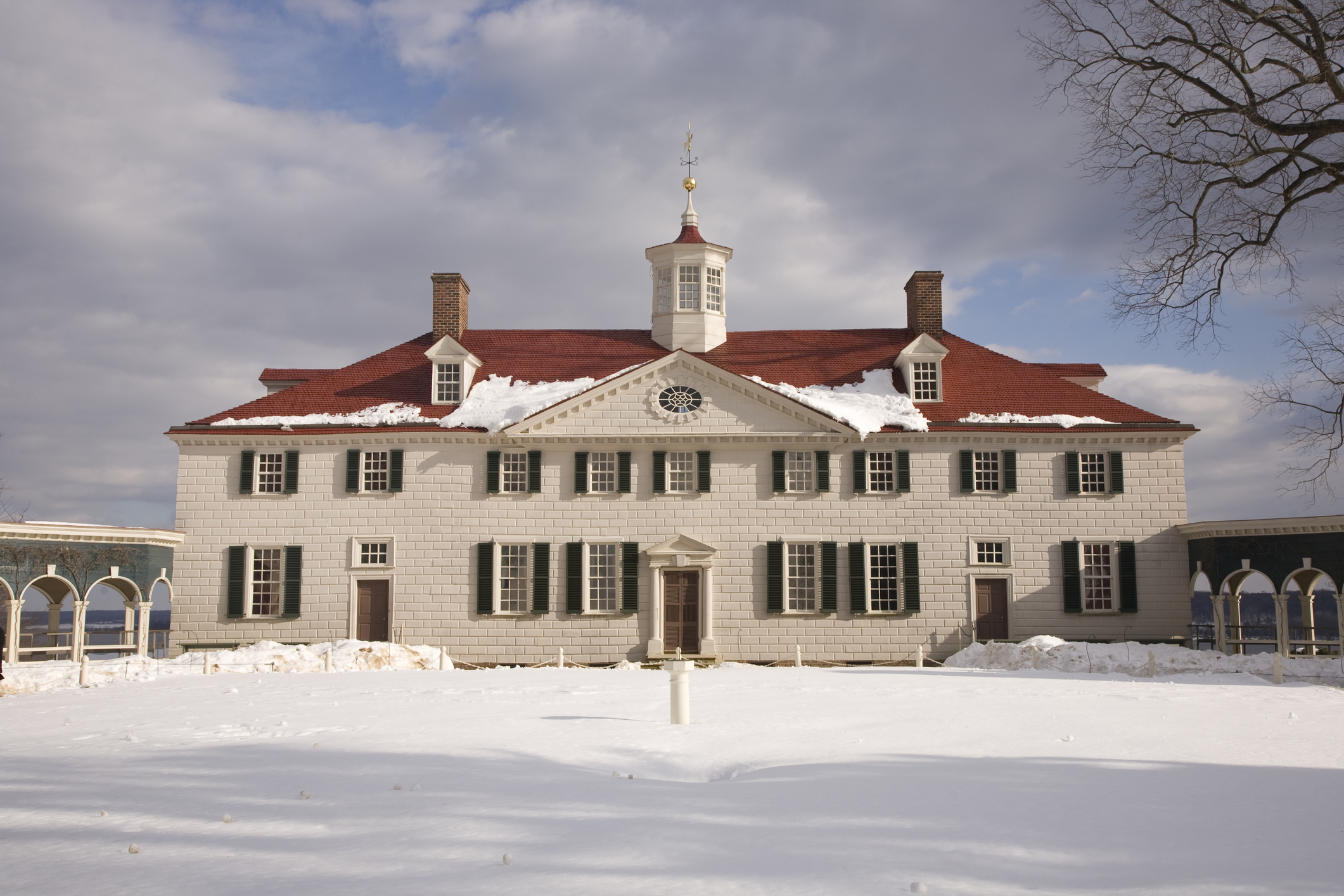Table Of Content

Mount Vernon is the former plantation estate and burial location of George Washington, the American Revolutionary War general and the first President of the United States, his wife Martha and 20 other Washington family members. The current estate—which is open to visitors—includes a mansion, gardens, tombs, a working farm, a functioning distillery and gristmill, plus a museum and education center. George Washington's Mount Vernon is the riverside home of our nation's first president, George Washington. The estate includes a Mansion, four gardens and historic outbuildings where enslaved people made tools and textiles, cared for livestock and processed food.

The exterior of the Mansion is rusticated to look like stone - but it is actually made of yellow pine siding.

The Washington Library is open to all researchers and scholars, by appointment only. The Mount Vernon Ladies Association has been maintaining the Mount Vernon Estate since they acquired it from the Washington family in 1858.
Explore Mount Vernon
While the construction was overseen by Fairfax, Knight, and Patterson, the majority of the work was actually done by Washington’s enslaved labor force. His first major expansion of the original one-story house with a garret began in the late 1750s. While Washington likely left the footprint of the first floor largely intact, he reconfigured the staircase and the second-floor rooms. In addition, ‘Closets,’ or one-story extensions, were added on the north and south ends of the house.
Explore This Park
The Museum and Education Center has 23 galleries and theaters featuring interactive exhibits and short historic films. It also houses more than 700 objects and artifacts related to Mount Vernon and its famous residents. The Association purchased Mount Vernon from George Washington’s heirs in 1858 for $200,000 with the goal of saving the estate and preserving its history. George Washington inherited Mount Vernon only after the deaths of his brother Lawrence and Lawrence’s two heirs. Lawrence died in 1752, followed by his daughter, Sarah, in 1754 and Lawrence’s widow, Ann, in 1761.
Ten Facts About the Mansion
A similar structure was provided for Martha's remains, which was placed on the left.[51] Other members of the Washington family are interred in an inner vault, behind the vestibule containing the sarcophagi. After convincing John Augustine Washington III to sell the property, Cunningham and the organization she had founded, the Mount Vernon Ladies' Association of the Union, raised $200,000 to purchase the mansion and two hundred acres. The Mount Vernon Ladies' Association took over operation of the estate in 1860. On the plan, three smaller spaces are shown subdividing the room on the west side. These rooms are not extant, but structural evidence indicates that they were constructed, along with a staircase which connected the basement to a landing adjacent to George Washington’s study on the floor above.
Mount Vernon Estate Map
The drawing shows the façade as completely symmetrical with the front door and cupola on the center axis, with the windows balanced to either side of it. But in truth, the door and cupola do not align, nor are the windows symmetrically placed. The construction of the stair in 1758 pushed the door to the north and a window south out of the passage and into the small dining room.
Author E.B. White's former Mount Vernon home up for sale for $2.8M - News 12 Hudson Valley
Author E.B. White's former Mount Vernon home up for sale for $2.8M.
Posted: Thu, 21 Mar 2024 07:00:00 GMT [source]
Sign up for Inside History
For more than 160 years the Mount Vernon Ladies' Association has worked to preserve, restore, and manage the estate of George Washington. The steady pace of visitors continued after George Washington’s death in 1799. Martha Washington subsequently moved out of their shared bedchamber to a small room on the third floor. This room afforded her some privacy from the steady stream of visitors who continued to travel to Mount Vernon.
During your visit, you may see our Preservation teams restoring the framing, masonry, and environmental controls of the Mansion, ensuring our first president’s home will be ready to receive millions of guests for generations to come. To receive your desired tour time, we recommend that you purchase your tour tickets in advance online. Same-day tickets at the gate are available on a first-come, first-served basis.
Additionally, an entry in Washington's diary reported the house had four principal dependencies attached to the main house by "Pallisades" on low brick walls. George Washington's father, Augustine Washington, moves his family to the Little Hunting Creek plantation for three years. Dendrochronology, or the use of tree ring analysis to determine relative dating, shows the trees used to frame this section of the house were cut in 1734. The original house likely consisted of four rooms and a central passage on the first floor and a garret. The family lived at Little Hunting Creek for a few years before moving to Ferry Farm, located across the Rappahannock River from Fredericksburg, Virginia. The bottles were found under a brick floor from the 1770s during an ongoing, $40m renovation of the mansion.
Initially, archaeologists thought the bottles might contain Cherry Bounce, a colonial-era drink made with brandy, cherries, sugar and spices that the Washingtons enjoyed, according to The Washington Post’s Michael E. Ruane. But researchers later decided these were likely just cherries stored in bottles for later use—the liquid could have been ground water that seeped in after the corks broke down. Initially, the researchers wondered if the bottles’ contents could be the remnants of Cherry Bounce, a drink of choice for Washington that was made with brandy, spice, sugar and cherry juice. That drink, however, was usually stored in larger bottles, so the team concluded this theory was unlikely.
The final embellishment of the house, a weather vane for the cupola, was not added until the autumn of 1787. Following his death in 1799, the estate progressively declined under the ownership of several successive generations of the family as revenues were insufficient to maintain it adequately. The south and north additions to the Mansion were built right up against the outside of the 1758 house. The 1758 siding was not removed and it is still visible in some of the hard-to-reach crawlspaces of the house. In these spaces, the original rusticated siding has been protected for over 230 years, as well as evidence for second-floor doors that led to porches on top of the one-story “closets” that were removed in the 1770s. The piazza roof covers part of the original shingles on the east slope of the 1770s roof.
Washington's Distillery · George Washington's Mount Vernon - Mount Vernon
Washington's Distillery · George Washington's Mount Vernon.
Posted: Tue, 19 Dec 2023 14:21:10 GMT [source]
Manufactured in Europe and made of dark-green glass in shapes popular in the 1740s and 50s, they were standing upright and sealed—perhaps forgotten in a below-ground storage space when the floor was built over them. The will of George Washington's grandfather, Lawrence Washington, reveals that tenants were already living at the Little Hunting Creek Plantation later to be known as Mount Vernon in 1698. The house acquired by George Washington from the will of his elder half brother was one and one-half stories high with a central hall and four small rooms on the first floor.

No comments:
Post a Comment